Multiradiatus pleco - Liposarcus multiradiatus
Scientific name: Liposarcus multiradiatus
Common name: Multiradiatus pleco
Family: Loricariidae
Usual size in fish tanks: 45 - 50 cm (17.72 - 19.69 inch)
014
Recommended pH range: 6.5 - 7.5
Recommended water hardness: 4 - 12°N (71.43 - 214.29ppm)
0°C 32°F30°C 86°F
Recommended temperature range: 23 - 30 °C (73.4 - 86°F)
The way how these fish reproduce: Spawning
Where the species comes from: South America
Temperament to its own species: peaceful
Temperament toward other fish species: peaceful
Usual place in the tank: Bottom levels
Overview
The Multiradiatus Pleco (Liposarcus multiradiatus) is a large freshwater catfish from South America. Often mistaken for other common plecos, this species is a prolific algae grazer but grows too large for most home aquariums. While peaceful, its size and waste production require careful tank management.
Origin and Natural Habitat
Native to Brazil in South America, the Multiradiatus Pleco inhabits slow-moving rivers with sandy or muddy substrates. Due to its popularity in the aquarium trade, it is now bred in parts of Asia for retail and has been introduced to freshwater ecosystems in Hawaii, Florida, and Puerto Rico.
Appearance and Size
This species reaches an adult size of approximately 45 - 50 cm (17.72 - 19.69 inches), making it one of the larger plecos available in the trade. It has an armored body and a broad head with sucker-like mouthparts adapted for scraping algae.
Tank Requirements
- Tank Size: A minimum of 500 liters (130 gallons) is required for adult specimens.
- Water Parameters:
- pH: 6.5 - 7.5
- Water Hardness: 4 - 12°N (71 - 214 ppm)
- Temperature: 23 - 30°C (73.4 - 86°F)
- Tank Setup: Provide a sandy or fine gravel substrate with plenty of driftwood, caves, and hiding places. Strong filtration is necessary to handle their high waste output.
Temperament and Tank Mates
Multiradiatus Plecos are peaceful but grow too large for many community tanks. They can be housed with other non-aggressive, similarly sized fish such as:
- Large cichlids (e.g., Oscars, Severums)
- Other large plecos
- Silver dollars
Avoid housing them with small, delicate fish that may be disturbed by their movement or waste production.
Feeding and Diet
Multiradiatus Plecos are primarily herbivores and require a plant-based diet:
- High-quality sinking algae wafers or tablets
- Fresh vegetables such as zucchini, spinach, and lettuce
- Occasional protein supplements such as brine shrimp or bloodworms
They will also graze on aquarium algae but should not be relied upon as a primary means of tank maintenance.
Sexing
Determining the sex of this species is challenging. Males may appear more slender than females, but clear external differences are not well documented.
Breeding
Breeding in captivity is rare but possible:
- They are cave spawners, requiring an enclosed space for egg-laying.
- Males guard the eggs until they hatch, which takes approximately 9 days.
- Newly hatched fry can be fed brine shrimp nauplii and powdered fry foods.
Lifespan
With proper care, this species can live up to 10 years in captivity.
Common Misidentification
There is ongoing debate over whether Liposarcus multiradiatus is the true "common pleco" or if that title belongs to Hypostomus plecostomus. The primary distinction between the two species lies in the number of dorsal fin rays.
Conclusion
The Multiradiatus Pleco (Liposarcus multiradiatus) is a large and peaceful algae grazer best suited for spacious aquariums. While often purchased as a juvenile, its substantial adult size makes it an impractical choice for most home aquariums. Proper tank conditions, diet, and filtration are essential to its long-term health.

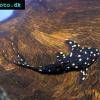 Adonis
Adonis  Lyre
Lyre 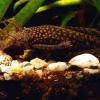 Bristlenose
Bristlenose 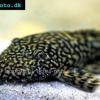 Gold
Gold 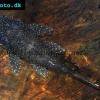 Bushymouth
Bushymouth  Spotted
Spotted  Medusa
Medusa 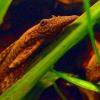 Bristlenose
Bristlenose 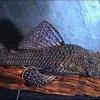 Starlight
Starlight 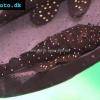 Spotted
Spotted  Catfish
Catfish  Bushynose
Bushynose 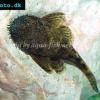 Bristlenose
Bristlenose  Green
Green 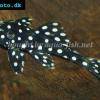 LDA-33
LDA-33 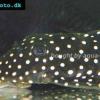 Snowflake
Snowflake 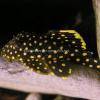 Gold
Gold 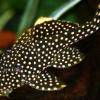 Gold
Gold  Bulldog
Bulldog  Dasyloricaria
Dasyloricaria  Butterfly
Butterfly 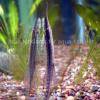 Whiptail
Whiptail 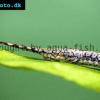 Amazon
Amazon  Twig
Twig 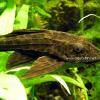 Spotted
Spotted 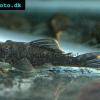 Spotted
Spotted 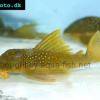 Lemon
Lemon 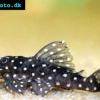 Pleco
Pleco 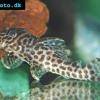 Peruvian
Peruvian 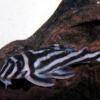 Zebra
Zebra 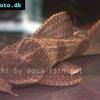 Pleco
Pleco  Hypostomus
Hypostomus 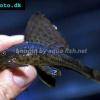 Pleco
Pleco 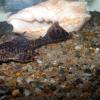 Suckermouth
Suckermouth  Spotted
Spotted  Woodeating
Woodeating 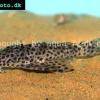 Golden
Golden  Sultan
Sultan  Marbled
Marbled 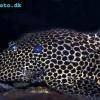 Pleco
Pleco 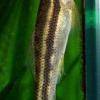 Dwarf
Dwarf 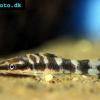 Dwarf
Dwarf 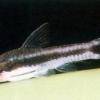 Dwarf
Dwarf 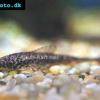 Oxyropsis
Oxyropsis 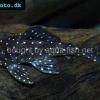 Orange
Orange 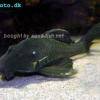 Blue
Blue 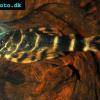 Clown
Clown 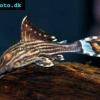 Royal
Royal 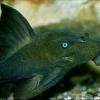 Blue
Blue 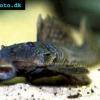 Rubber
Rubber  Goby
Goby 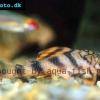 Wormline
Wormline  Para
Para  Tiger
Tiger 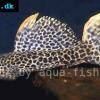 Leopard
Leopard 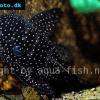 Spiny
Spiny 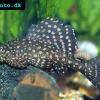 Marbled
Marbled 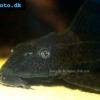 Amazon
Amazon  Common
Common 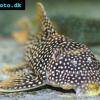 Sunshine
Sunshine 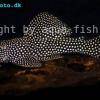 Golden
Golden